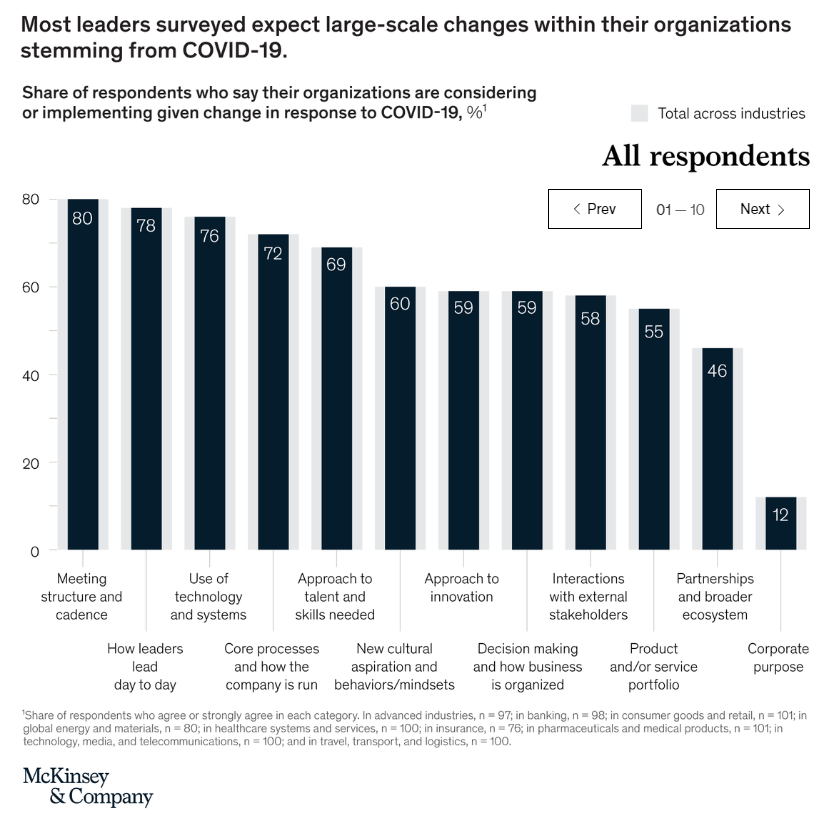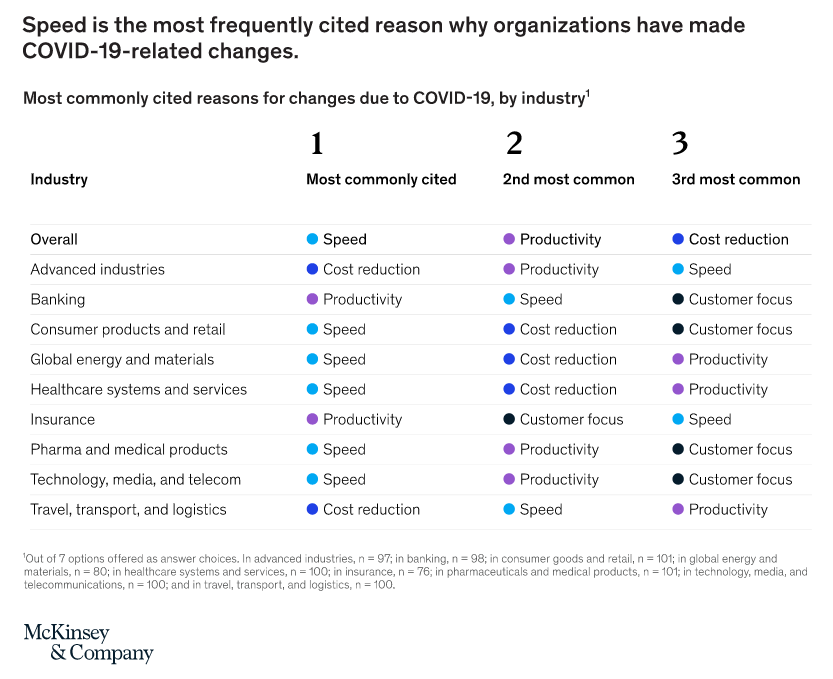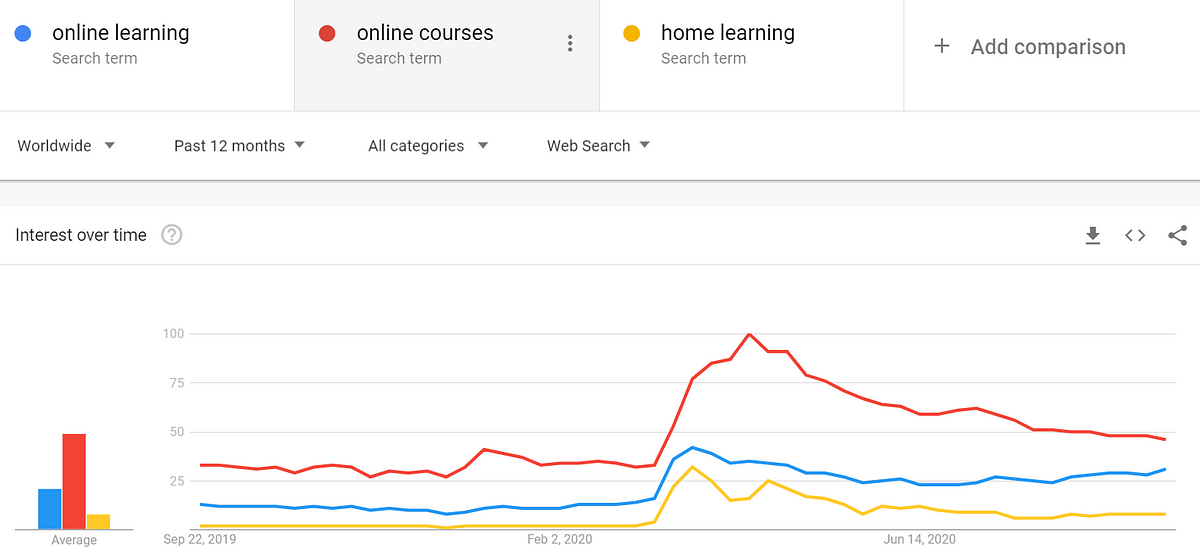41. Tell good credible stories
Good risk communication is all about telling stories that are neither so frightening as to turn people off, nor so weak as to make them complacent.
This is where overplaying the risk can backfire.
Finding the right balance will be critical. This ensures that stories positively shift peoples’ behaviour and effectively control the spread of coronavirus.
42. Communicate about the efficacy of risk-reduction behaviours
When people perceive high risk, they are unlikely to engage in risk reduction activities unless they are getting messages about efficacy.
Illustrations of how effective masks can be in protecting both the wearers and people around them are good ways to show how people can adopt an easy behaviour that works in keeping everyone safe.
43. Understand people’s unconscious biases
Unconscious bias is exacerbated during times of stress. We must stay alert to the impact of unconscious bias on our decision-making during this pandemic.
Each person will respond differently to the information provided about COVID-19. It depends on things like their generation, upbringing, current financial status, or how emotional they are.
If we allow unconscious biases — such as confirmation bias, affinity bias, sunflower bias, status quo bias and groupthink — to go unnoticed and unchallenged, we may overlook business risks and opportunities during this COVID-19 operating world.
Category 4 – Don’t waste a crisis to reset and initiate corporate innovation and change
Often a crisis acts as the forcing mechanism to compel expeditious innovation. This can lead to rapid advances in technology, policy and procedures.
McKinsey found that most industries are considering or planning large-scale changes in their organisations trigged by COVID-19. This includes how meetings are run, talent management, use of technology, and innovation, as shown below.

Many surveyed organisations realised the value of speed during these times of flux and uncertainty, as shown below.

Organisational silos, slow decision-making and the lack of strategic clarity are some factors that could limit the rate at which organisations can get work done.
44. Set up a strong plan when dealing with a crisis
The risks associated with the crisis can be mitigated with an effective plan. The negative effects can be diminished when actions are implemented fast, sharply and accurately.
45. It takes a crisis to trigger innovation and behavioural change
Crises present us with unique conditions that allow innovators to think and move more freely to create rapid, impactful change.
The pace of ideation, decision-making, and implementation all increases dramatically. There are incredible opportunities for learning arising out of a crisis.
Whole industries and sectors are figuring out how to stay operational while their staff and customers stay at home.
46. Use a crisis to try out new things
Governments and organisations that can figure out what does and what does not work quickly and pivot accordingly, will get through this crisis best.
A crisis can force us to redesign our processes and propositions, constantly trying out new things, finding out what works and what does not, learning from it and improving continuously.
47. Focus on the core business and strategy differentiators
Be clear about your core business and strategic differentiators.
Car companies, for example, have long cast envious glances at tech start-ups and their sky-high market capitalisations. They are now being brought back down to earth by the COVID-19 crisis and must focus on core business activity.
48. Part-time and flexible work arrangements will become the norm
COVID-19 has accelerated part-time and flexible work arrangements that have been lauded for years.
Gartner found that organisations will continue to expand their use of contingent workers to maintain more flexibility in workforce management post-COVID-19 — 32% of organisations are replacing full-time employees with contingent workers as a cost-saving measure.
49. Always focus on your customers and their changing needs
Customer behaviours are shifting daily, especially with COVID-19.
When customers are more likely to be judgmental during a crisis, maintaining strong experiences with customers trumps efforts to bring in new customers when it comes to driving overall demand.
With many more people purchasing goods and services online, governments and businesses can use online platforms to meet peoples’ expectations.
50. Cut the fat, not the muscle
Pre-crisis, cost, operating and business models then to drift away from each other. But during a crisis, the unprepared are quickly confronted with a plummeting top-line and are struggling to adjust their cost and business models. They have to take tactical actions to reduce its cost base and to manage their spend with suppliers.
Post-COVID, organisations are swiftly adjusting their cost models. They are making strategic cost transformation to survive.
51. Remote working to save cost
A survey of CFOs noted that many organisations are planning to shift 20% of their employees to remote work to save costs. This seems very likely as organisations shift a decent part of their cost structure from fixed costs to more variable costs.
52. Greater employer responsibility for their employees’ financial, physical and mental well-being
COVID-19 has increased employers role to improve their employees’ financial, physical and mental well-being. Their support includes enhanced sick leave, financial assistance, adjusted hours of operation and child care provisions.
Employers must also make sure that their workers are staying mentally positive while working from home. They have to keep workplaces safe from contracting COVID-19.
53. Remove inflexible structures and systems
Many organisations were not resilient enough to react and respond quickly to COVID-19.
Pre-COVID structures and systems had no flexibility to respond to disruptions. While many organisational redesigns were focused on streamlining roles, supply chains and workflows that increased efficiency and reduced cost, they also created unintended consequences of fragilities and inter-dependencies (i.e., single points of failures).
Structures that create predictability, efficiency, and stability must be broken.
The negative aspects of the crisis can be turned into benefits and opportunities for many organisations. This includes reducing organisational complexity of size and organisational management.
54. Create more sustainable and flexible supply chains
Global supply chains have been in the spotlight since lockdowns have disrupted factories, closed borders and reduced the number of passenger flights able to carry freight.
As a result, a McKinsey survey of 60 senior supply chain executives found that 93% of them are planning to increase the level of resilience across their supply chains.
55. Create a dynamic skills strategy
COVID-19 has amplified the need for new skills. More so when organisations shift strategies and adapt to new ways of working.
Pre-COVID-19, critical roles were viewed as roles with critical skills.
Post-COVID-19, organisations will have to focus less on roles and more on skills that need to drive the organisation’s competitive advantage.
Organisations can increase agility and flexibility by providing their employees with varied, adaptive and flexible roles so that they can acquire cross-functional knowledge and training. They have to effectively anticipate skill shifts and develop skills at the time of need, on-demand. They also have to enable employees to make skills decisions dynamically.
To do this effectively, organisations have to restructure their HR, people, systems and strategies to respond dynamically to the changing skills needs.
56. Take social distancing seriously
Although businesses have indicated that they fully intend to enforce social distancing measures once they reopen, they also do not want to be held responsible if someone — employees, customers, suppliers, etc. — contracts COVID-19 on their premises. This is a liability that they do not want to carry.
57. Beware of cyber-criminals
Cyber-criminals know that most organisations have large numbers of people working remotely. They are taking advantage of that distance to construct convincing deceptions.
Mimecast’s 100 Days of Coronavirus report found that monthly volumes of all the detection categories reviewed increased significantly — by 33% –between January and the end of March 2020.
Category 5 – Individuals are taking more personal responsibility for themselves
Until a vaccine is found, governments have recommended measures such as social distancing, wearing a mask and good hand hygiene that will continue to remain our new normal.
58. Good hygiene is in our hands
Everyone is responsible for how fast or how slow COVID-19 spreads.
The best, simplest ways to prevent the spread of COVID-19 is to wash our hands, cover our mouth and nose when we cough or sneeze, avoid touching our face and stay home if we are sick.
People are now more aware of what good hygiene looks like. They know how they can play their part in preventing the spread of COVID-19.
Despite constant reminders of the need to practice good hygiene during a global pandemic, roughly 12% of adults don’t wash their hands after using a public or private restroom, according to UK research.
59. Be aware of mental health, stress, etc. issues
People are now more aware of what mental health is and what social isolation can do to us. When people are in isolation, their mental health can be impacted.
Through the pandemic, there is a growing awareness and community concern regarding mental health and suicide.
Statistics from the Coroners Court of Victoria have suggested that the growing mental health awareness has helped prevent a spike in suicides during the coronavirus crisis. There’s also a 25% increase in Lifeline calls during the pandemic.
60. People want to know the exit strategy
The government’s exit strategy from COVID-19 needs to be clear and devoid of confusion. When the exit strategy lacks clarity, the pendulum of blame risks being swung more towards the government’s direction.
Clear communication will be vital for ensuring that the government remains within the good graces of public opinion and expectations. This ensures that the public has what they need to continue to take personal responsibility going forward.
61. Manage the crisis/lockdown fatigue
Humans are not equipped to deal with extended periods of stress and isolation over long periods. Our defensive systems are only designed to prepare us for short bursts of emergency preparedness.
When we are in a constant state of emergency, we experience crisis fatigue. Signs and symptoms of crisis fatigue may include insomnia, oversleeping, lethargy, depression, anxiety, irritability and trouble with making decisions.
Lockdown fatigue has been described as a state of exhaustion caused by the long-term effects of COVID-19 and the changes it has caused to every aspect of our lives including our freedom. This can continue for months with no end in sight until a vaccine or treatment is discovered.
62. Don’t be afraid to take a sick day
Working through illness is often seen as a badge of honour. But we risk infecting our colleagues and workplaces. This has a greater flow-on effect on the organisation’s productivity than if we just stayed at home and kept our germs to ourselves.
We are also brushing our shoulders with commuting to work or while stepping out for lunch, walking in public spaces.
Financial support will be required for those workers who are only paid for work done when they show up for work. These workers do not have paid sick leave.
63. We don’t need to be socially distanced
During the pandemic, we are intentionally making contact via phone and video chatting with people in other states or countries that we ordinarily don’t see regularly in person.
We have been more social with friends and family than before.
64. People are protecting themselves
Many people have started getting their affairs in order. COVID-19 has given a different perspective to people.
We have seen the creation of wills increased 725% since April 2019, with trust variation documents increasing by 281%.
65. Take the opportunity to upskill
COVID-19 has created time for people to upskill themselves at home while in isolation or lockdown, as shown in the Google Trend search below.

When the COVID-19 crisis made the traditional face-to-face training and learning nearly impossible, it accelerated the adoption of fully digitised approaches for upskilling and upgrading.
This is where just-in-time remote microlearning can provide upskilling opportunities to many people.
Enrollment at Coursera — an online platform that offers MOOCs — had a significant increase of 640% from mid-March to mid-April 2020than during the same period last year. It grew from 1.6 to 10.3 million.
Udemy — another MOOC provider — has increased their enrolment by over 400% between February and March. These surges correspond to the lockdowns that were instituted across the world as the pandemic started to rage.
66. Start to future-proof your career
COVID-19 has shown us that there is no job security. We saw how millions of jobs just vanished into thin air.
Many people have suffered or are suffering pay cuts or unemployment as the result of the unexpected COVID-19.
While it may be too late to keep your job, it is not too late for workers to start thinking about future-proofing their careers.
COVID-19 is a wake-up call for many people to start planning for their future. They may need to take an entrepreneurial approach to their career. Now is a good time to take control of your career and skills acquisition.
Ask the questions, ‘Would I be employable by an Amazon?’, or “What it takes to be employed by Amazon?”
Develop a career growth strategy.
